When you first bring home those beautiful cup-shaped and bowl-shaped tulips, their vibrant colors and elegant forms can instantly brighten any room. These charming flowers, with their distinct shapes, require specific care to maintain their beauty. While they might seem delicate, with the right knowledge, you can enjoy their splendor for much longer.
Let's start with the moment you get them home. Whether you've purchased them from a florist or cut them from your garden, the first step is crucial. Always use a clean vase—this prevents bacteria from shortening your tulips' lifespan. Fill it with lukewarm water and add flower food according to package directions. Flower food provides essential nutrients and inhibits bacterial growth.
Before placing tulips in the vase, you'll need to prepare the stems. Using sharp, clean scissors or a knife, cut about an inch off the bottom of each stem at a 45-degree angle. This angled cut increases the surface area for water absorption. Remove any leaves that would sit below the waterline, as submerged foliage decays quickly and contaminates the water.
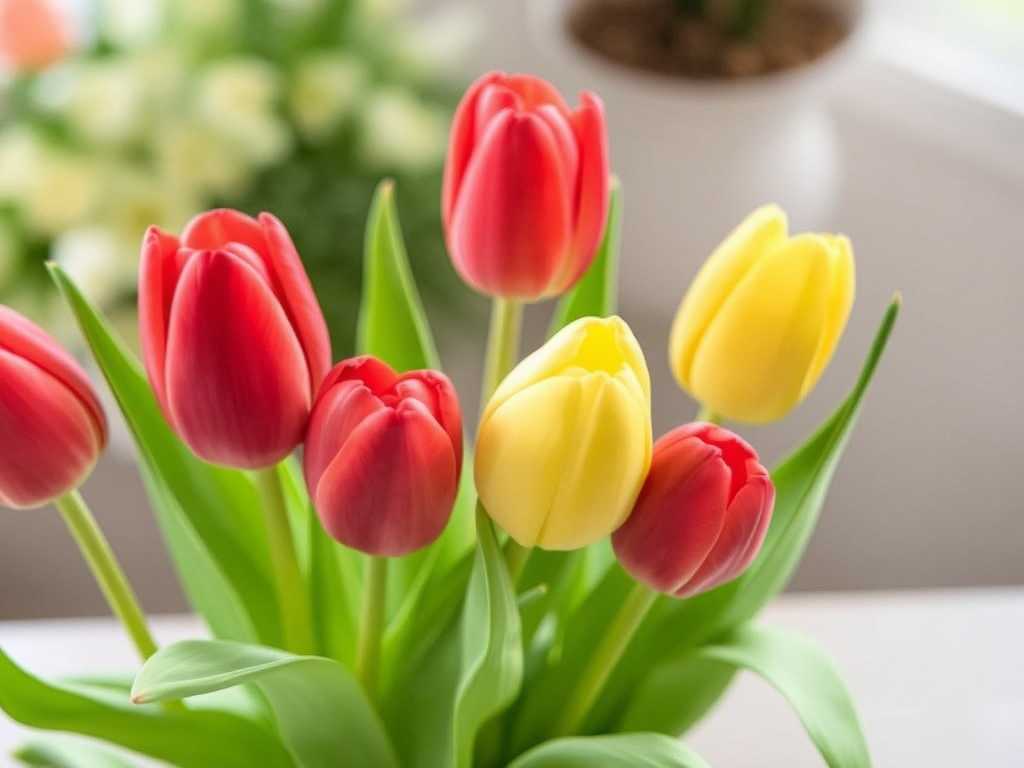
Now, here's a special tip for tulip care: these flowers continue to grow after being cut! They can stretch toward light sources and may bend and curve gracefully. To help them absorb water efficiently, recut the stems every couple of days and change the water completely. If you notice the water becoming cloudy, change it immediately.

Choosing the right location in your home is key for prolonging tulip vitality. Keep your bouquet away from direct sunlight, heating vents, radiators, and drafty areas. Extreme temperatures and direct heat cause tulips to wilt prematurely. A cool spot in your home is ideal. Also, avoid placing them near fruit bowls, as ripening fruit releases ethylene gas, which accelerates flower aging.
You might notice your tulips seeming a bit thirsty and droopy shortly after arranging them. Don't worry! This is often temporary. They usually perk up within a few hours after having a good drink. If they remain droopy, try wrapping the entire bunch loosely in paper and standing them in deep water for a few hours. This hydrates them and helps the stems straighten.
When it comes to designing with tulips, their graceful, arching stems are part of their charm. They look stunning in a simple, cylindrical vase that supports their height. For a mixed bouquet, tulips pair beautifully with other spring flowers. Remember that tulips are phototropic, meaning they bend toward the light. Rotating your vase every day can help them grow more evenly.
For those growing cup-shaped and bowl-shaped tulips in their gardens, the care begins with proper planting. Select a site with well-draining soil and full to partial sun. Plant bulbs in the fall, about 6 to 8 inches deep and 4 to 6 inches apart, with the pointed end facing up. Water them well after planting.
In the garden, tulips need consistent moisture during their growing and blooming season. However, the soil should never be soggy. Overwatering can lead to bulb rot. After the flowers fade, it's important to deadhead them—remove the spent blooms. This prevents the plant from putting energy into seed production. But let the foliage die back naturally; the leaves are gathering energy for next year's bloom.
Whether you're caring for cut flowers or garden plants, understanding these specific needs for cup-shaped and bowl-shaped tulip varieties makes all the difference. With these straightforward methods, you can ensure your tulips remain a stunning feature in your home or garden, providing joy and color throughout their blooming season. Their relatively simple needs reward you with spectacular displays year after year.
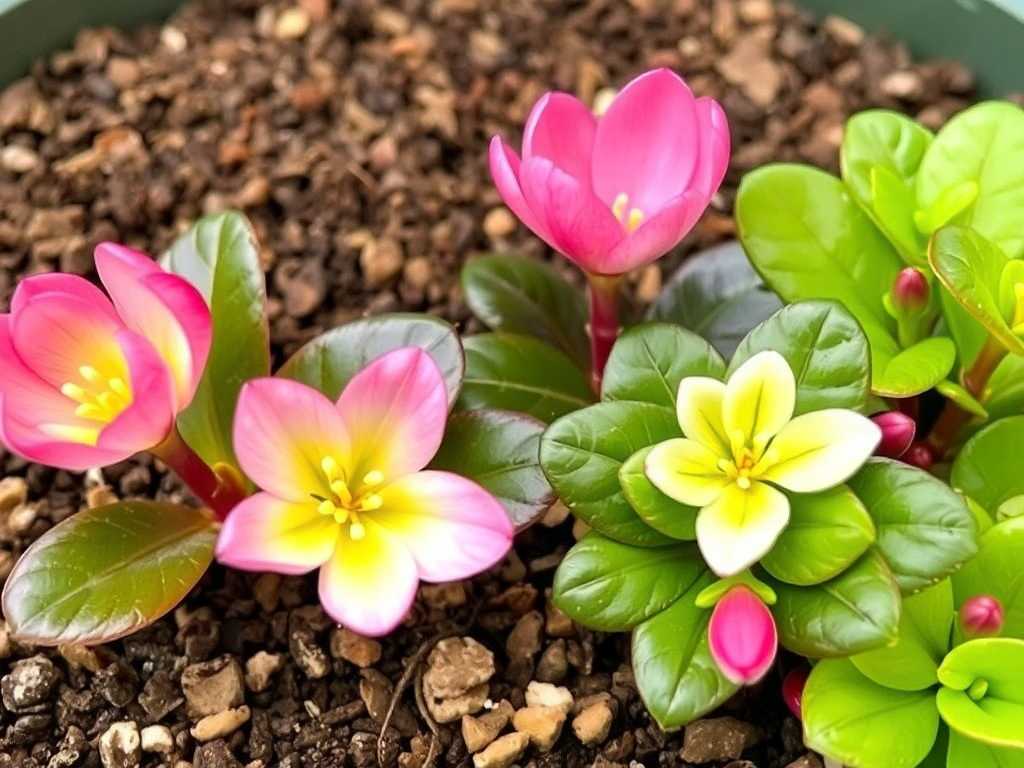
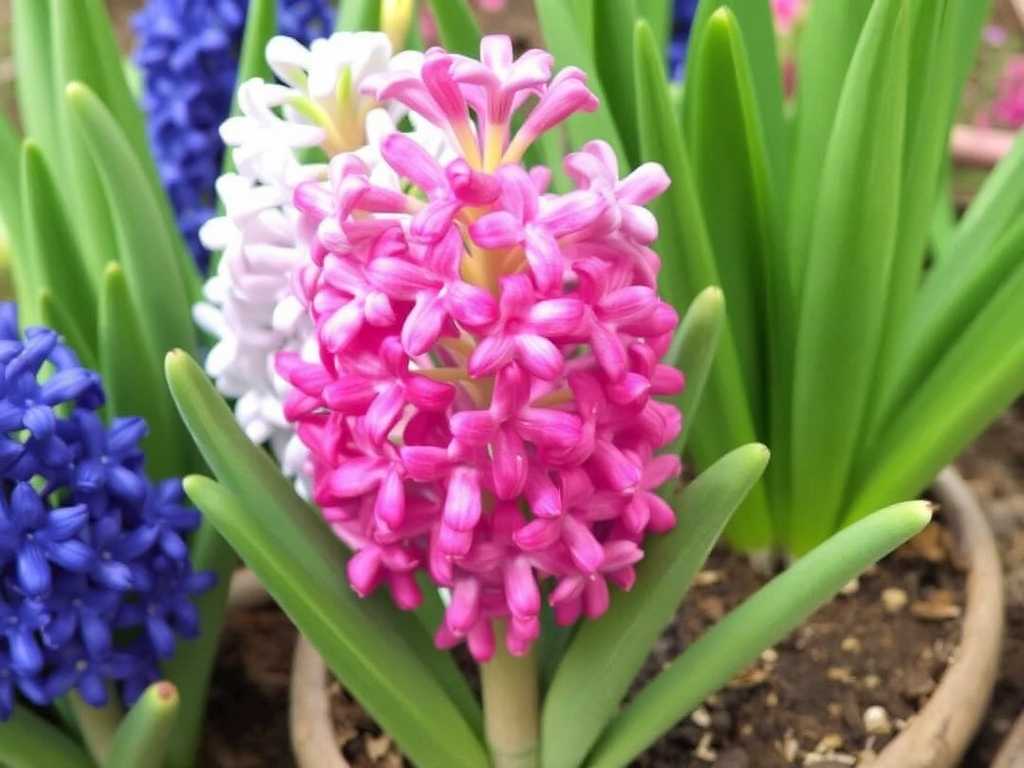
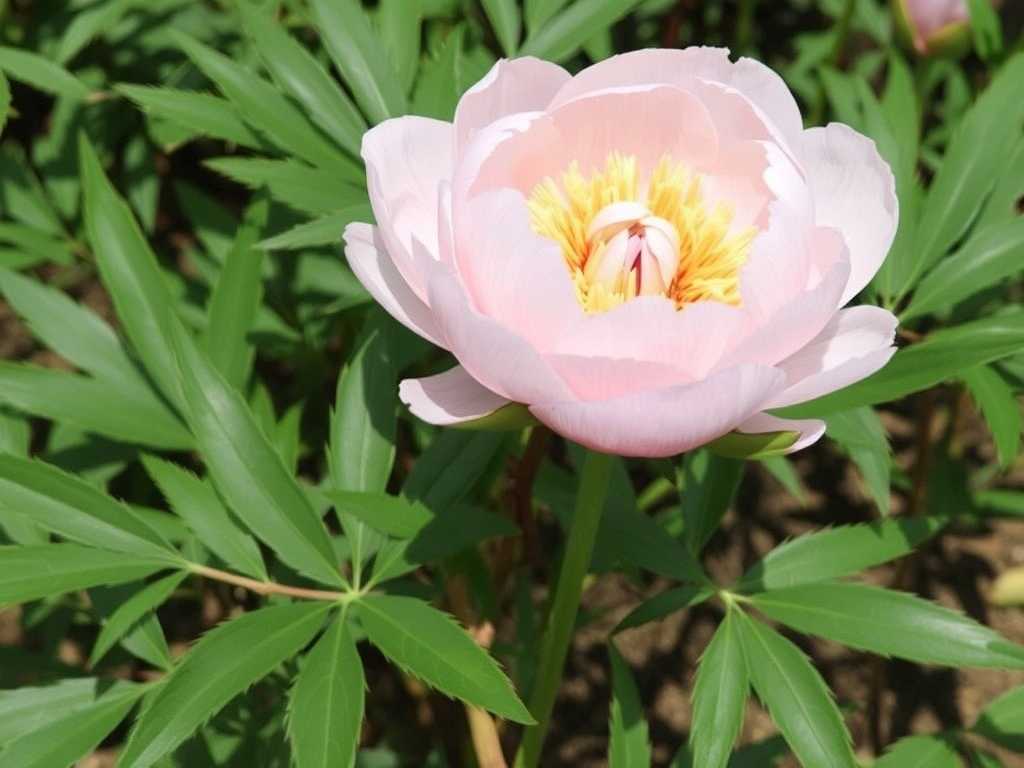

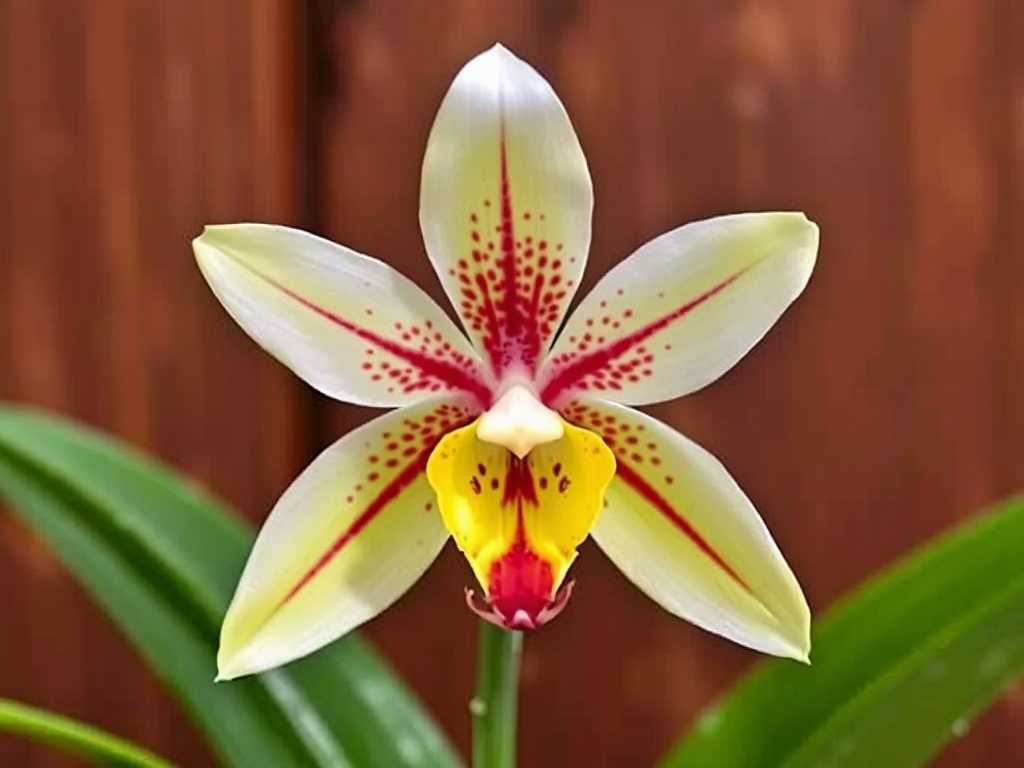
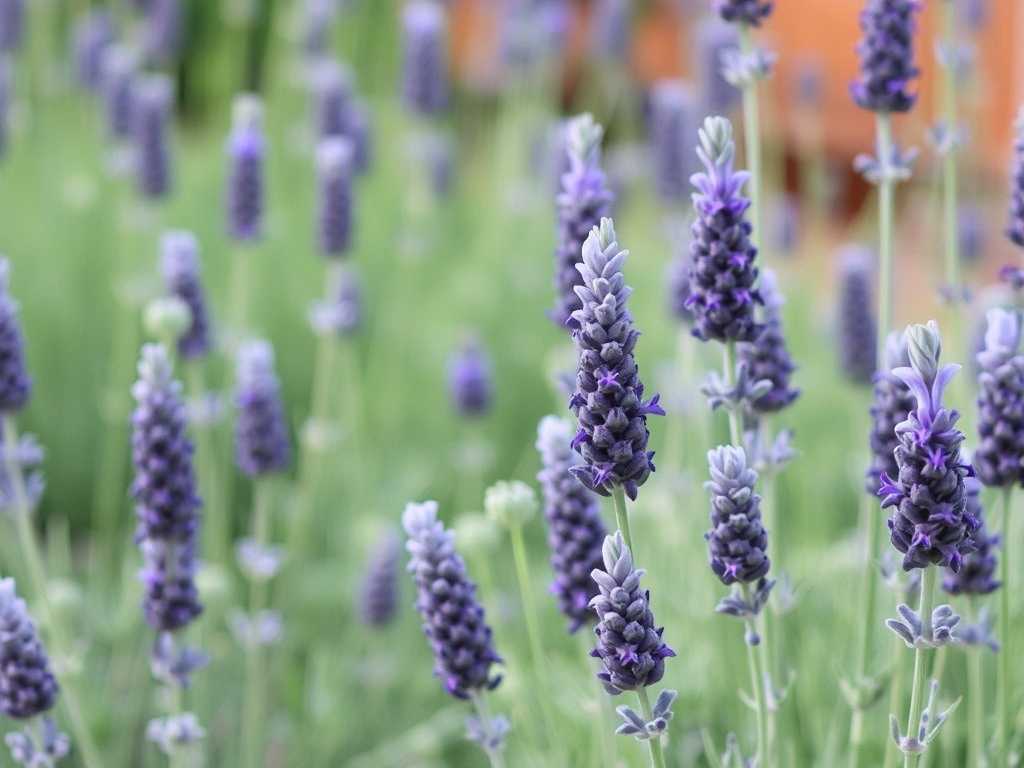
发表评论